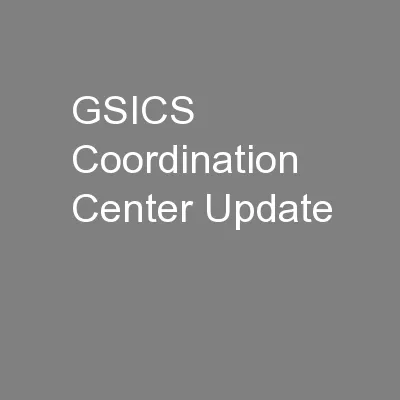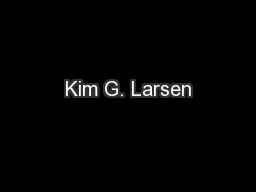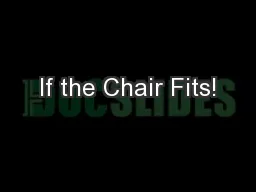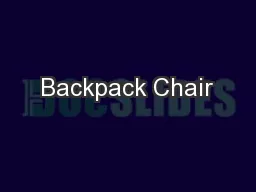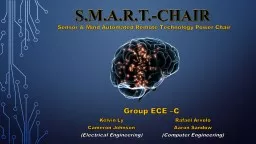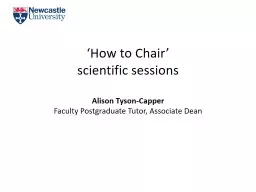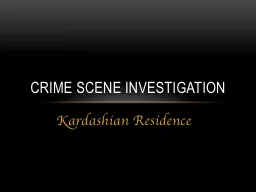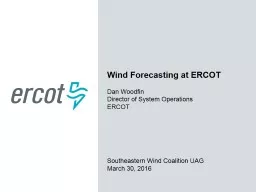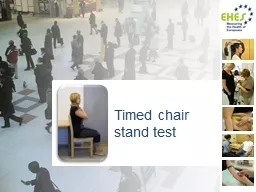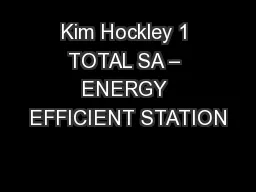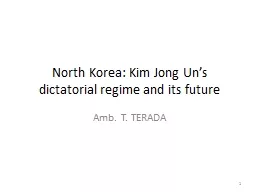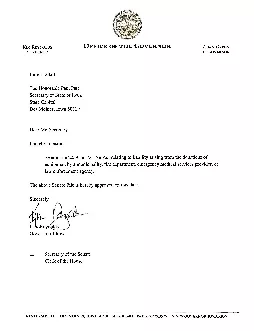PPT-Dohyeong Kim ( GRWG Chair
Author : criticanime | Published Date : 2020-07-03
Report from 2016 Meeting of the GSICS Research Working Group GRWG Overview Intro GSICS Research Working Group SubGroup IR VISNIR MW UV Issues for Executive Panel
Presentation Embed Code
Download Presentation
Download Presentation The PPT/PDF document "Dohyeong Kim ( GRWG Chair" is the property of its rightful owner. Permission is granted to download and print the materials on this website for personal, non-commercial use only, and to display it on your personal computer provided you do not modify the materials and that you retain all copyright notices contained in the materials. By downloading content from our website, you accept the terms of this agreement.
Dohyeong Kim ( GRWG Chair: Transcript
Download Rules Of Document
"Dohyeong Kim ( GRWG Chair"The content belongs to its owner. You may download and print it for personal use, without modification, and keep all copyright notices. By downloading, you agree to these terms.
Related Documents


